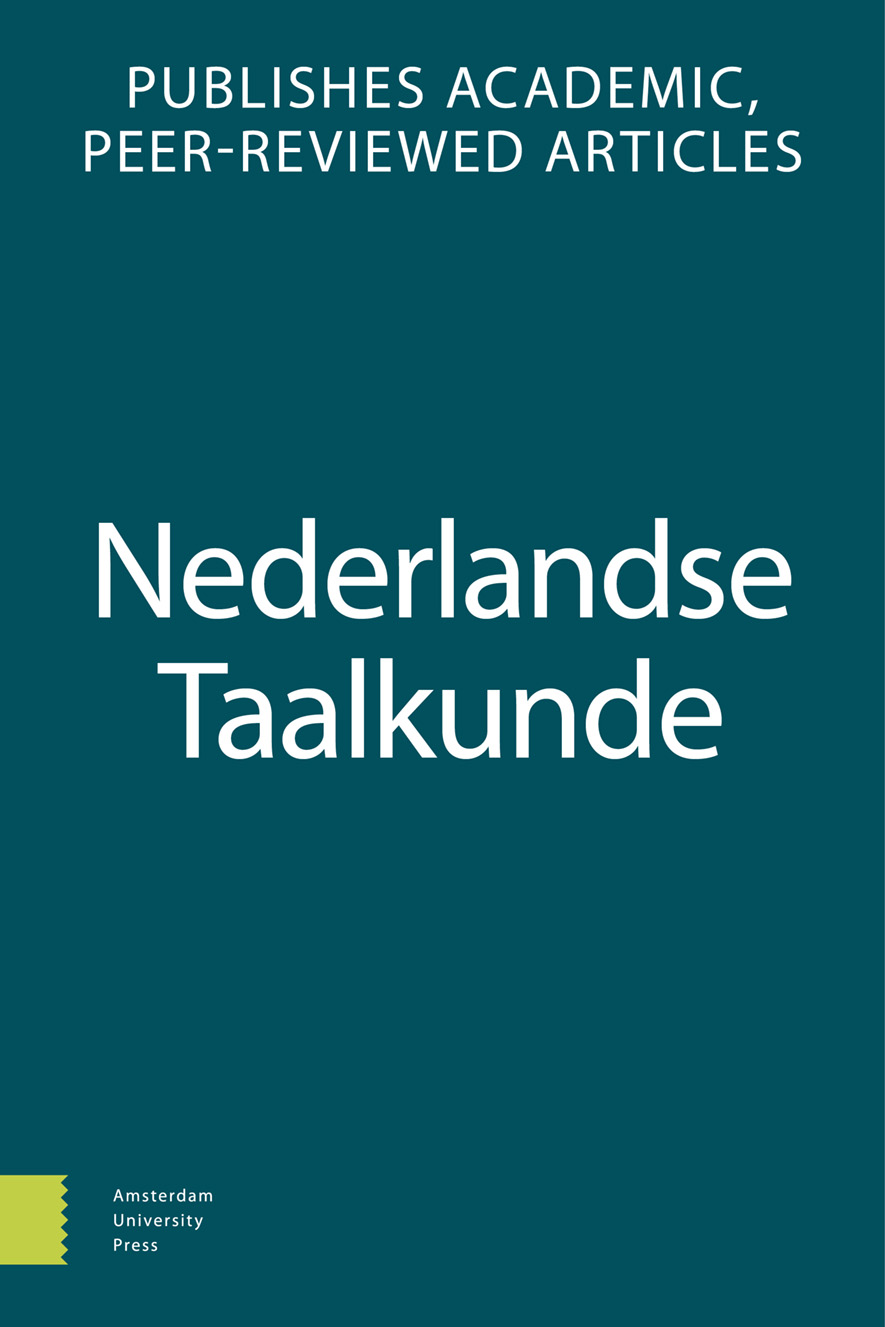-
oa Facking nice!
Een onderzoek naar de intensiteit van intensiveerders
- Amsterdam University Press
- Source: Nederlandse Taalkunde, Volume 23, Issue 2, Dec 2018, p. 223 - 250
-
- 01 Dec 2018
- Previous Article
- Table of Contents
- Next Article
Abstract
Abstract
High degree adverbs, or so-called intensifiers, constitute a large and apparently ever growing set of words in Dutch, even to the degree that each generation appears to recruit their own set of them. We address the question of what exactly determines the strength of an intensifier by investigating which factors influence their (perceived) strength. The results of an experiment among over 300 high school students show that intensifiers are perceived as stronger when they are (perceived as) more frequent and also when they are (perceived as) more modern. This explains the ongoing extension and renewal of the set of intensifiers in Dutch.
© 2018 Amsterdam University Press


